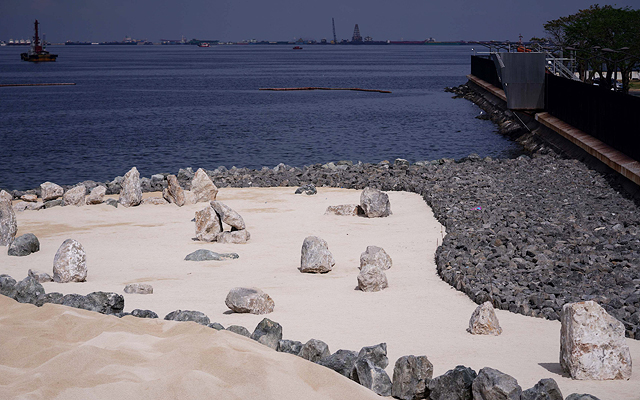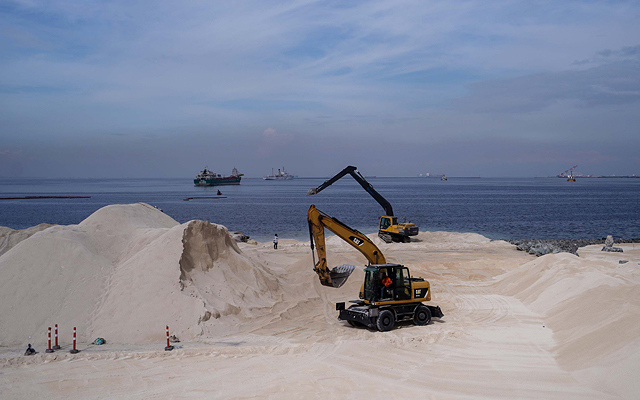
(SPOT.ph) Beach destinations all over the Philippines are slowly reopening despite surges in COVID-19 cases outside Metro Manila. Among them is Manila Bay's "white-sand beach," which is actually made from crushed dolomite boulders from Cebu. In a Laging Handa public briefing aired on June 14, Department of Environment and Natural Resources Undersecretary Benny Antiporda revealed that the agency is "fast-tracking" the rehabilitation of Manila Bay in preparation for the reopening of the "white-sand beach" to the public in July.
"The [Department of Environment and Natural Resources] is fast-tracking everything. Personal na pinangangasiwaan ng ating kalihim, Roy Cimatu. Based on the information na natanggap ng inyong lingkod, minamadali 'yan na maaari na hanggang July na ma-open na 'yan or matapos na 'yang proyekto na 'yan," he said.
On January 27, 2019, Cimatu kicked off the national government's "Battle for Manila Bay" campaign to rehabilitate the famous spot. The project, according to DENR's website, has three phases: the first is cleanup and water quality improvement, which aims to cleanup waterways, reduce fecal coliform levels and toxic discharges from houses and establishments, inspect and repair leaks in old sewer lines, and provide temporary sanitation facilities to informal settlers pending relocation. The other two phases are rehabilitation and resettlement; and education and sustainment, which focuses on sustained law enforcement and monitoring.

In September 2020, the DENR started filling a 500-meter stretch of the Baywalk with crushed dolomite, which was continued in April 2021. This is part of the P389-million allotment for the rehabilitation of Manila Bay. In May 2021, DENR Undersecretary Jonas R. Leones confirmed that there's another P265-million budget for the second phase of the project.
The DENR insisted on February 18 that the level of fecal coliform in the waters of Manila decreased to 4.87 million most probable number per 100 ml. In 2020, the level averaged at 7.16 million mpn/100 ml. The standard level is 100 mpn/100 ml for it to be deemed safe for recreational activities.
[ArticleReco:{"articles":["86491","86489","86485","86481"], "widget":"Hot Stories You Might Have Missed"}]
Hey, Spotters! Check us out on Viber to join our Community and subscribe to our Chatbot.
We are now on Quento! Download the app and enjoy more articles and videos from SPOT.ph and other Summit Media websites.
Source: Spot PH
No comments:
Post a Comment